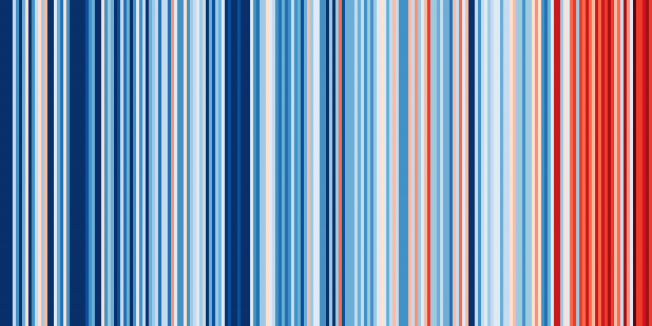Quantifying the usefulness of European subseasonal forecasts using a real-world energy-sector framework
Revisiting the Identification of Wintertime Atmospheric Circulation Regimes in the Euro-Atlantic Sector
Tropical Cyclones in European Seasonal Forecast Models
Seasonal forecasts of the 20th century
Abstract:
New seasonal retrospective forecasts for 1901-2010 show that skill for predicting ENSO, NAO and PNA is reduced during mid-century periods compared to earlier and more recent high-skill decades.
Forecasts of seasonal climate anomalies using physically-based global circulation models are routinely made at operational meteorological centers around the world. A crucial component of any seasonal forecast system is the set of retrospective forecasts, or hindcasts, from past years which are used to estimate skill and to calibrate the forecasts. Hindcasts are usually produced over a period of around 20-30 years. However, recent studies have demonstrated that seasonal forecast skill can undergo pronounced multi-decadal variations. These results imply that relatively short hindcasts are not adequate for reliably testing seasonal forecasts and that small hindcast sample sizes can potentially lead to skill estimates that are not robust. Here we present new and unprecedented 110-year-long coupled hindcasts of the next season over the period 1901 to 2010. Their performance for the recent period is in good agreement with those of operational forecast models. While skill for ENSO is very high during recent decades, it is markedly reduced during the 1930s to 1950s. Skill at the beginning of the 20th Century is, however, as high as for recent high-skill periods. Consistent with findings in atmosphere-only hindcasts, a mid-century drop in forecast skill is found for a range of atmospheric fields including large-scale indices such as the NAO and the PNA patterns. As with ENSO, skill scores for these indices recover in the early 20th Century suggesting that the mid-century drop in skill is not due to lack of good observational data.
A public dissemination platform for our hindcast data is available and we invite the scientific community to explore them.



